Home>Ideas and Tips>Small Changes For A Happier Home Environment
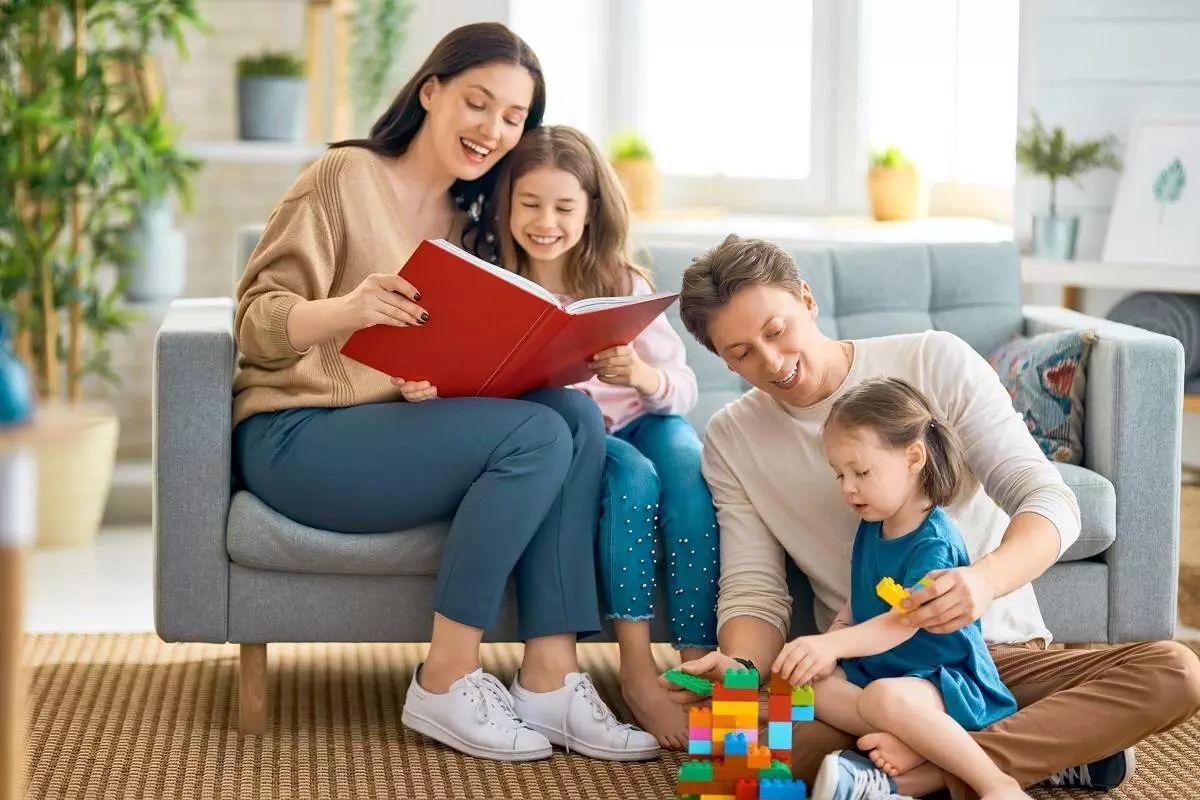

Ideas and Tips
Small Changes For A Happier Home Environment
Published: November 1, 2024
Transform your living space into a sanctuary with small, thoughtful adjustments. Discover tips for decluttering, lighting, and more for a happier home.
(Many of the links in this article redirect to a specific reviewed product. Your purchase of these products through affiliate links helps to generate commission for Storables.com, at no extra cost. Learn more)
Creating a happier home environment is not about making drastic changes; it's about implementing small, thoughtful adjustments that can significantly impact your mental well-being and overall quality of life. In this article, we will explore various strategies to transform your living space into a sanctuary that nurtures both your physical and emotional health.
Understanding Personal Space
Before diving into the specific changes you can make, it's essential to understand the concept of personal space. The amount of space we desire, often referred to as our "personal space bubble," can vary greatly from person to person. Research suggests that men, in particular, tend to crave larger personal spaces. This desire for more space is not just about physical dimensions but also about emotional comfort and privacy.
Read more: 10 Small Decor Changes For Big Impact
Decluttering: The First Step to Happiness
One of the most significant steps towards creating a happier home is decluttering. Clutter not only makes your space look messy but also contributes to a cluttered mind. Marie Kondo, author of "The Life-Changing Magic of Tidying Up," emphasizes the importance of only keeping items that bring joy or serve a purpose. By letting go of unnecessary items, you reduce the amount of dust and dirt accumulation, making it easier to keep your home clean. Additionally, decluttering can help alleviate stress and anxiety as a British study found.
Displaying Meaningful Objects
While decluttering is crucial, it's also important to display meaningful objects that bring joy and positivity into your life. These objects can be sentimental items like family photos, heirlooms, or personal achievements such as a soccer trophy from third grade. The key is to balance these displays so that they do not create chaos in your environment. Design psychologist Dr. Sally Augustin suggests limiting the number of displayed items to four or five pictures in a room and a couple of objects on a surface, depending on the size.
Showing Your Personality
Your home should reflect your personality and style. This can be achieved by incorporating elements that make you feel at peace, such as a reading nook or a knitting space. Dr. Augustin recommends using bright but muted colors like sage, soft textures like flannel, warm light, and curved lines in patterns and objects for these spaces. These elements help create a sanctuary where you can rest and recharge.
Bringing Nature Inside
Nature has a profound impact on our mental health. Studies have shown that being in nature can be calming and even therapeutic. Bringing plants or flowers into your home is an easy way to incorporate nature indoors. Houseplants not only brighten up the space but also help filter out toxins from the air, making you healthier. If you're not blessed with a green thumb, consider using fresh flowers or prints of gardens or wall murals of trees to achieve similar effects.
Utilizing Light Effectively
Light plays a significant role in our emotional well-being. Psychologists have long known that light affects emotions differently depending on its color and intensity. Warm light with warm light bulbs is better for socializing and relaxation, while blue and cooler light is more suitable for analytical tasks. During the day, open curtains to let natural light in; it's great for our mood according to Dr. Augustin.
Choosing Mood-Boosting Colors
The colors you choose for your walls can significantly impact your mood. Colour psychology is an entire field dedicated to understanding how different shades affect us emotionally. Energizing colors like those used in kitchens or exercise rooms can boost happiness when you're working or engaging in physical activities. On the other hand, muted colors are better suited for relaxing spaces like family rooms.
Using the Power of Scent
Smell has psychological effects that can evoke good feelings indoors. Using incense sticks, essential oils, or candles can create a pleasant atmosphere in your home. Lavender is known to help people fall asleep, making it ideal for bedrooms, while lemon can enhance cognitive work in home offices. However, be cautious not to use scents too strongly as they can become off-putting even after your nose gets used to them.
Filling Your Home with Good Memories
Each item in your home should bring up positive memories of things and people you love. Displaying photos of happy times or cherished possessions helps keep perspective and connects you with what is good in your life. Conversely, purge items that remind you of negative experiences; these can weigh heavily on your mind and create a negative environment.
Designing Mindfully
Creating better relationships in your home doesn't necessarily require more space; it's about designing mindfully. Carly Thornock's research at Brigham Young University found that how families perceive their physical environment has a significant impact on their relationships. Even small changes like opening spaces with lights and mirrors or using dividing curtains can make a difference.
Sharing Home Preferences
Sharing each other's home preferences is another effective strategy for improving co-living harmony. Draw a layout of your home and ask each member to use different colors to fill in what they believe are the private, semi-private, and public spaces. This exercise helps identify problem areas and places for improvement by looking at the same home through different perspectives.
The Importance of Communication
Actively making changes in the name of a healthier home means considering both physical space itself as well as how people communicate within it. Whether it's a shared apartment with flatmates or a full family home, designing our spaces with others in mind is key for reaching co-living harmony. Paying attention to what we're putting in our home, how we're moving these structures, and the things that surround us can significantly impact our well-being.
Conclusion
Creating a happier home environment is not about making grand changes; it's about implementing small, thoughtful adjustments that can significantly impact your mental well-being and overall quality of life. By understanding personal space needs, decluttering effectively, displaying meaningful objects, bringing nature indoors, utilizing light effectively, choosing mood-boosting colors, using the power of scent wisely, filling your home with good memories, designing mindfully, sharing home preferences, and focusing on communication within the home—each step brings you closer to creating an environment that nurtures both your physical and emotional health.
Remember that it's not just about the physical dimensions but also about how you perceive and utilize that space. By focusing on these small changes and making them a part of your daily routine, you can transform your living space into a true sanctuary where happiness thrives.
Was this page helpful?
At Storables.com, we guarantee accurate and reliable information. Our content, validated by Expert Board Contributors, is crafted following stringent Editorial Policies. We're committed to providing you with well-researched, expert-backed insights for all your informational needs.





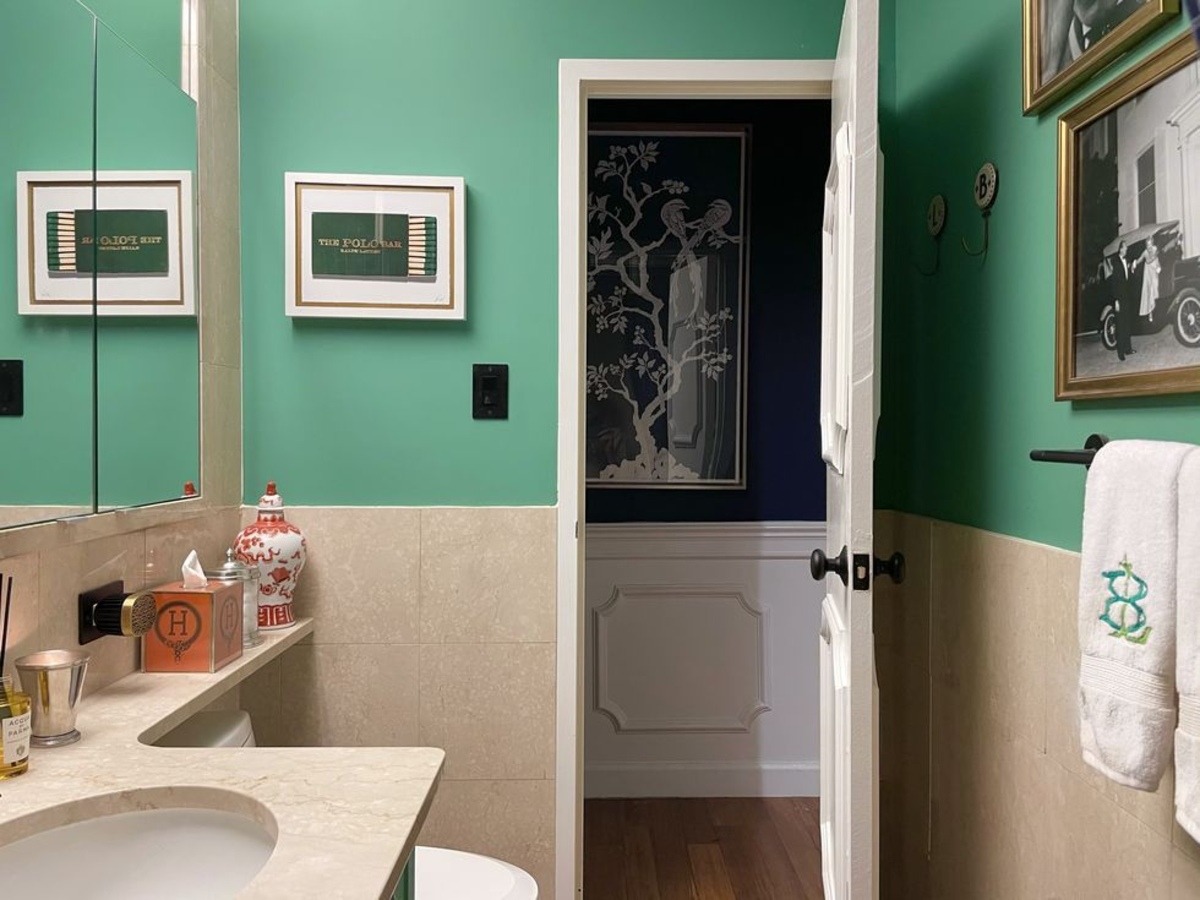
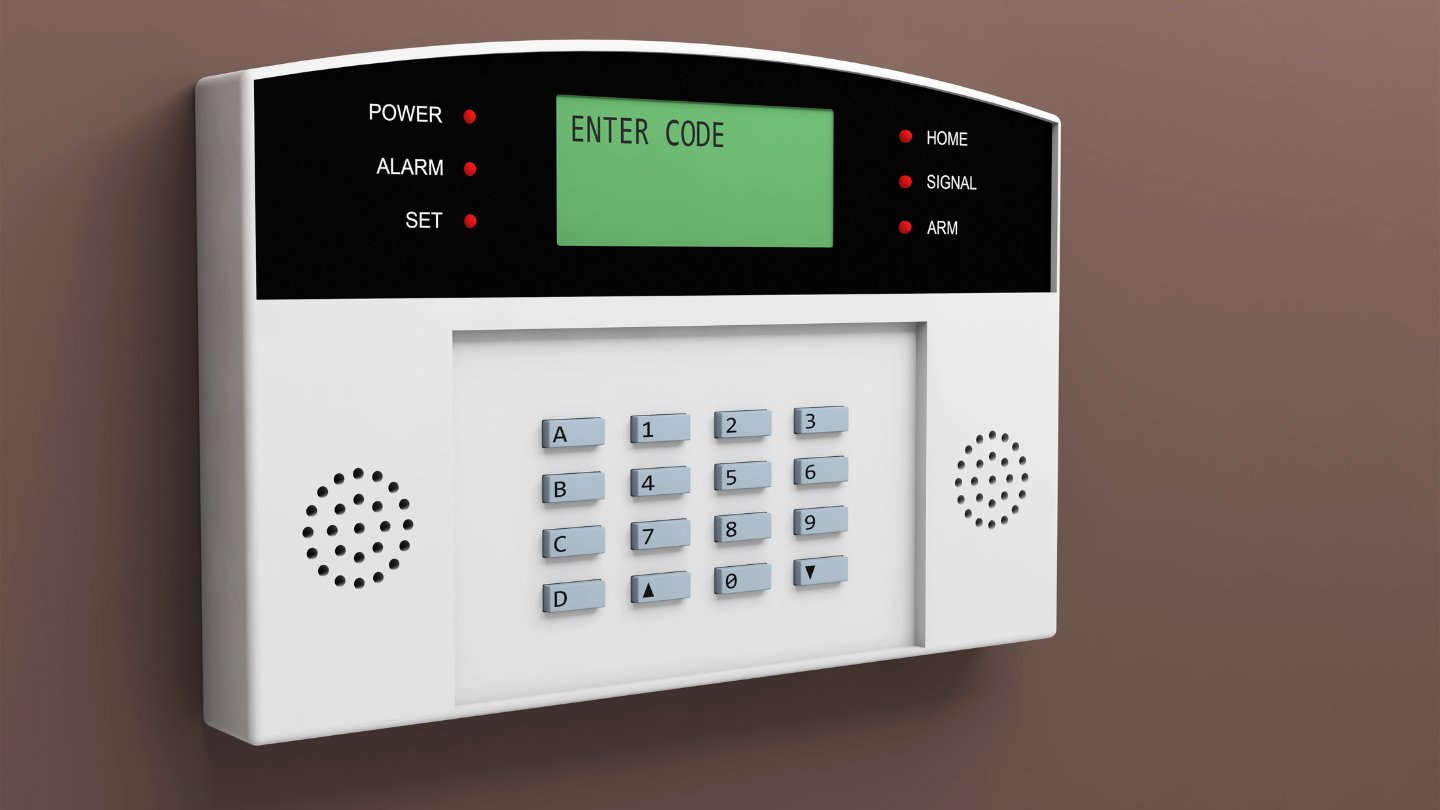
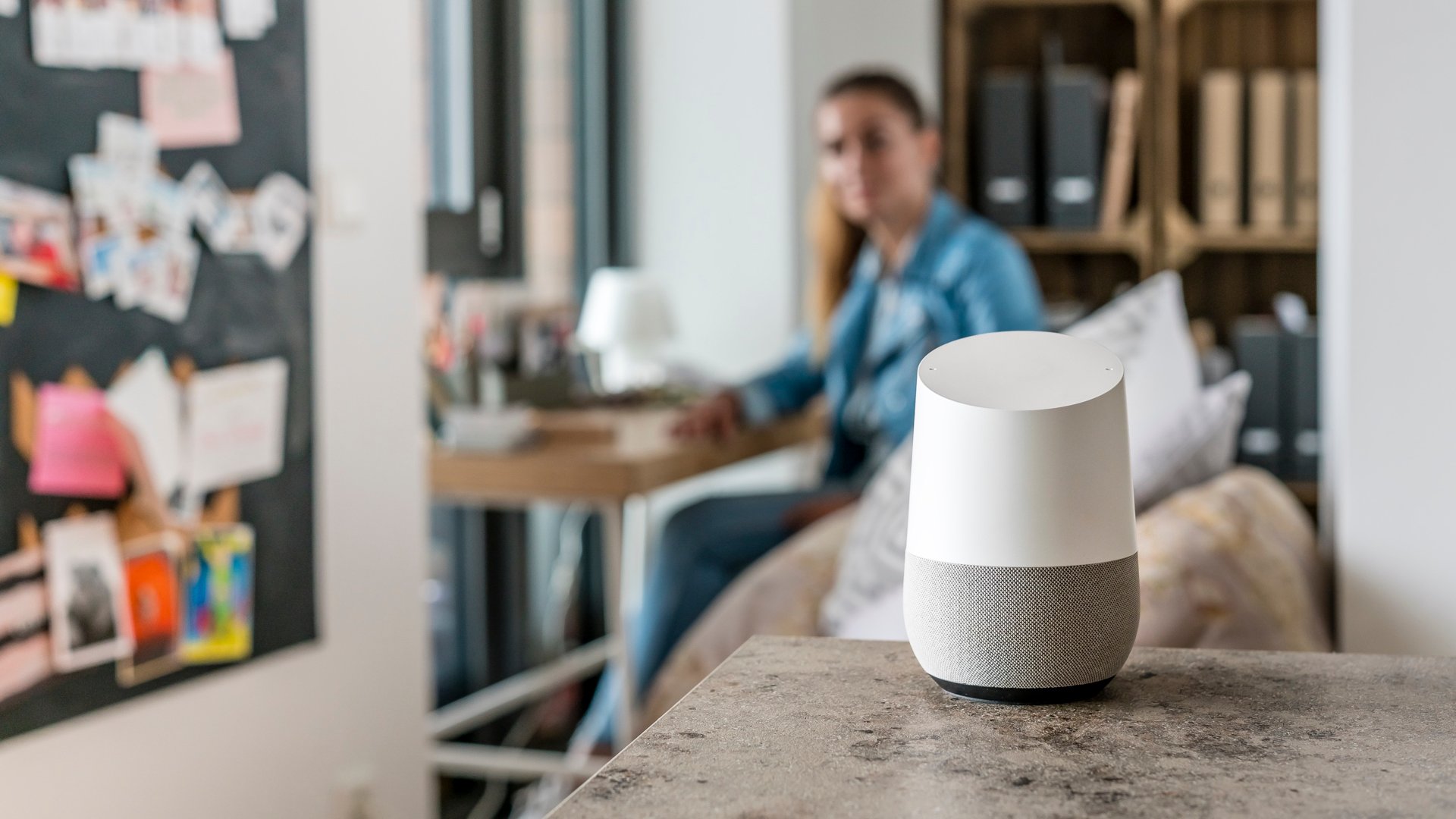
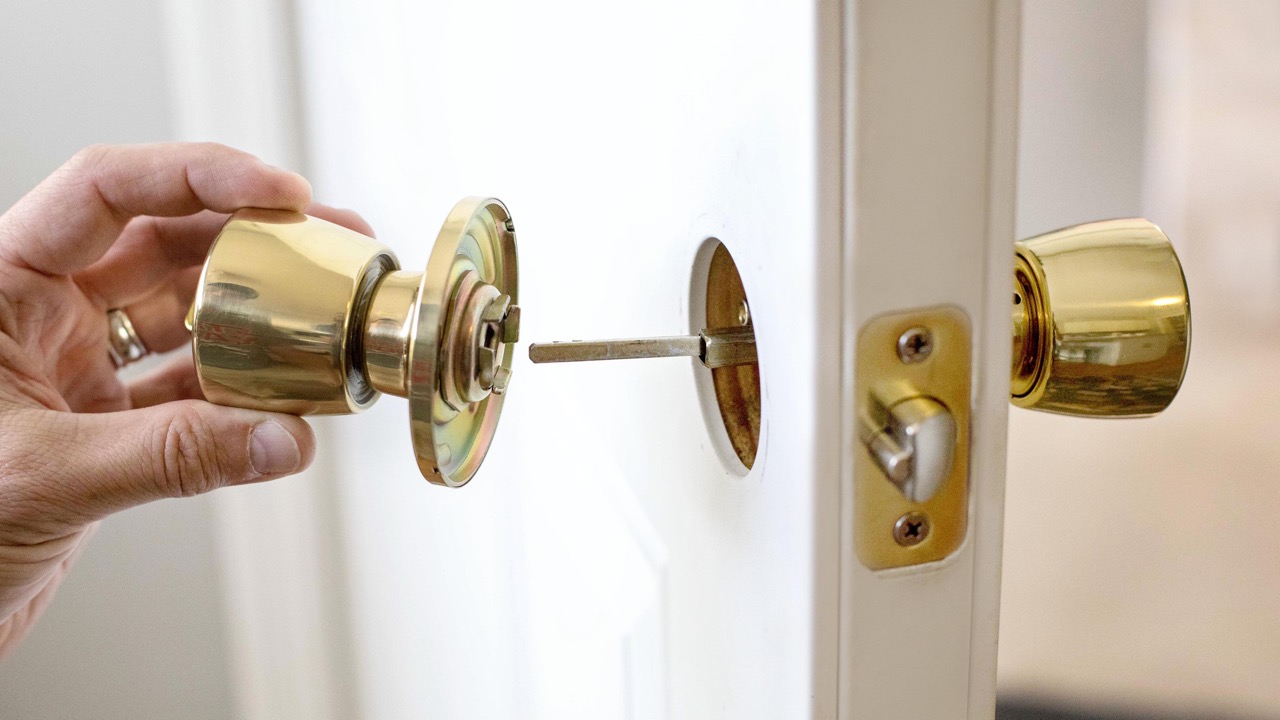
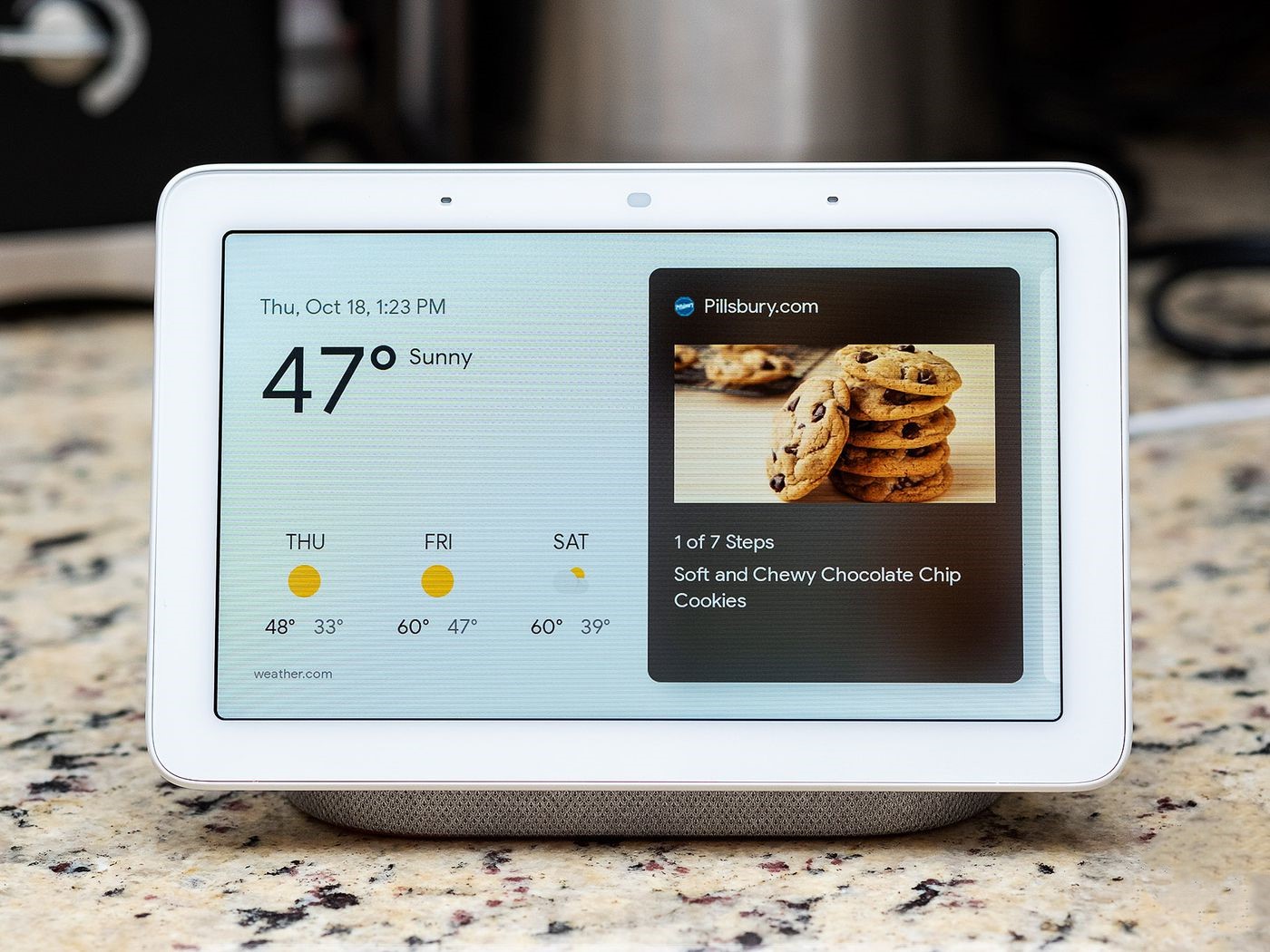

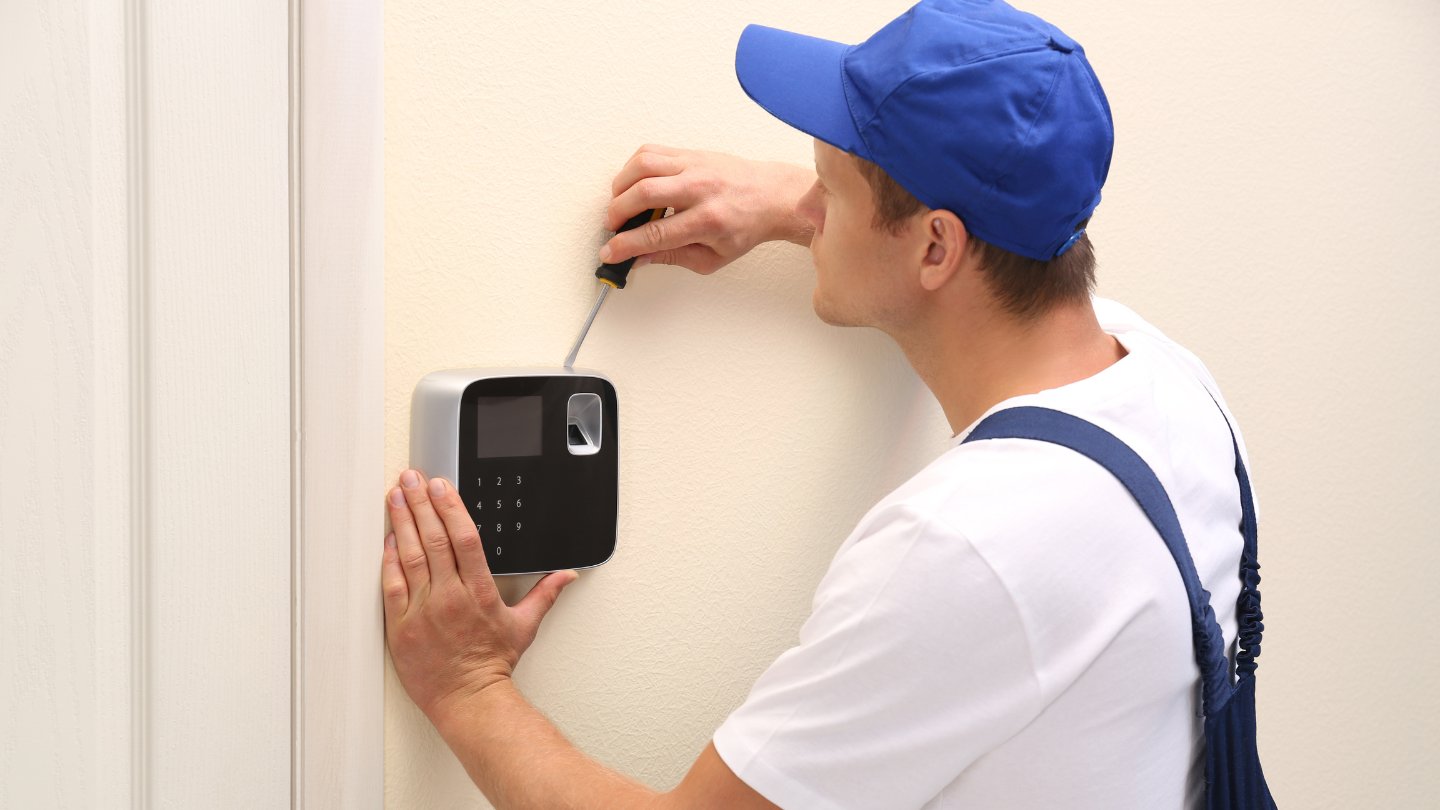


0 thoughts on “Small Changes For A Happier Home Environment”